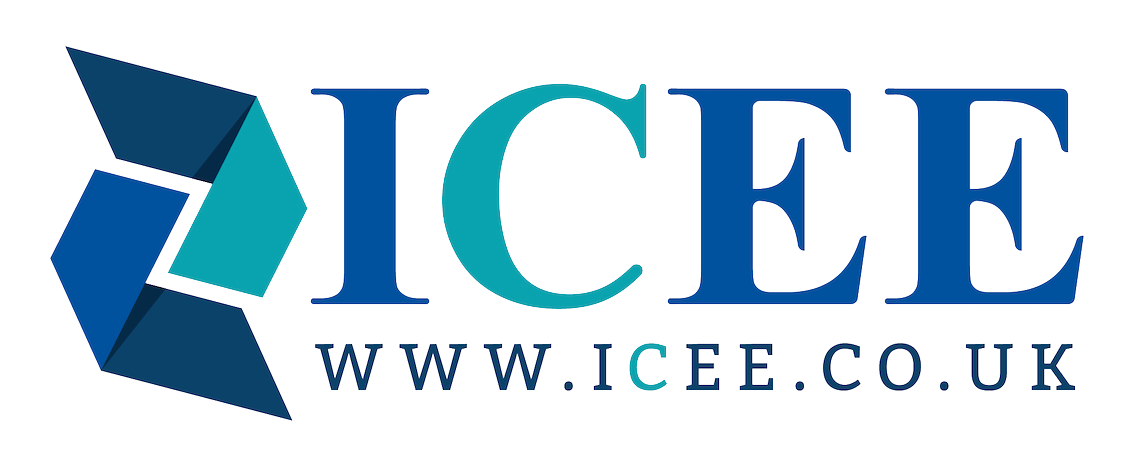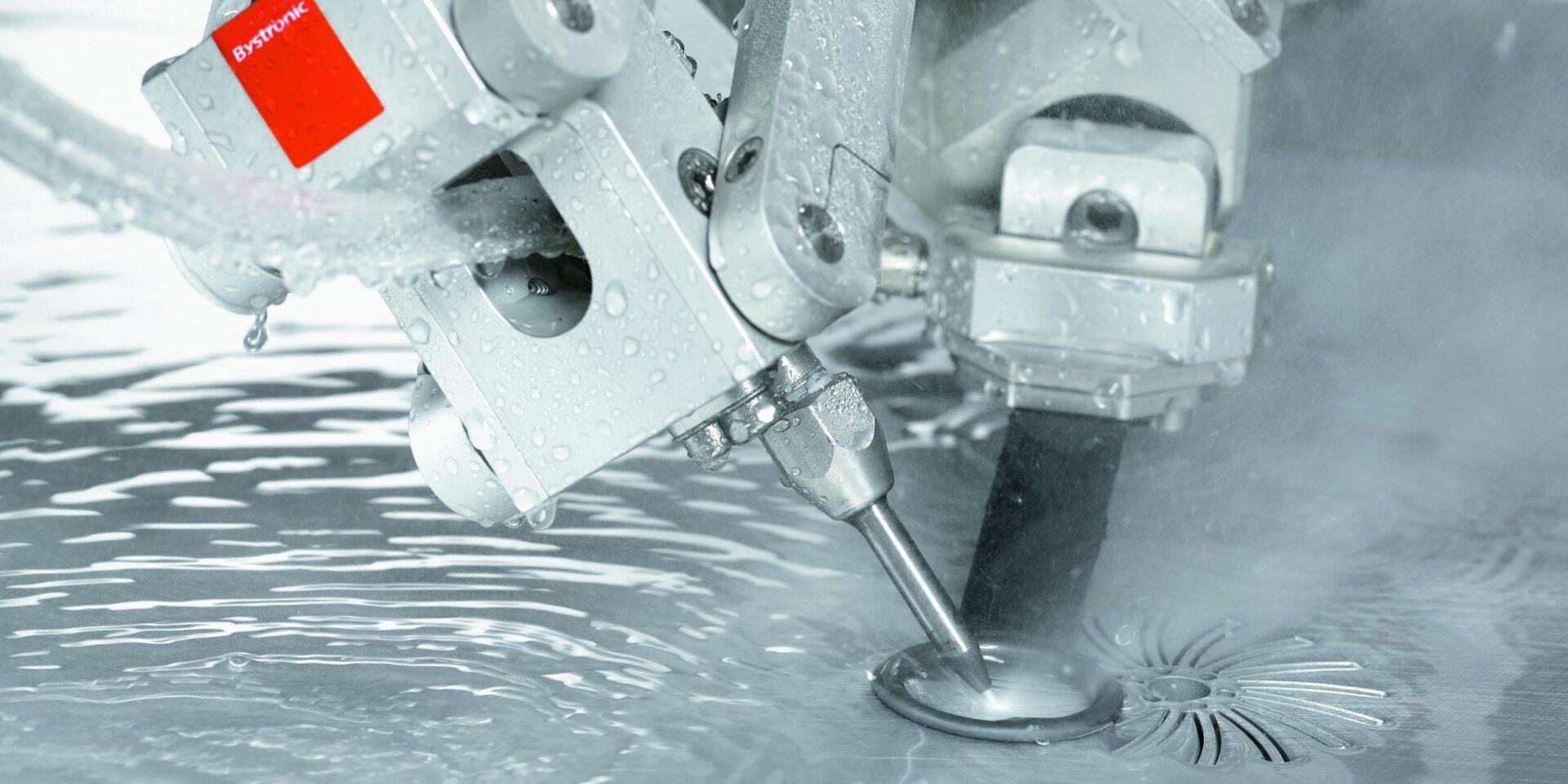Waterjet cutting is known to be one of the methods of machining materials that can deliver an extremely high level of accuracy and precision. Furthermore, a waterjet machine has the ability to cut virtually any material with very few exceptions (to find out what material can be cut on a waterjet cutter).
In this article, we will outline everything you need to know about the capabilities of a waterjet cutter in relation to accuracy, and therefore help you gain the necessary knowledge to understand what level of service you should be expecting from your waterjet supplier.
So, what is the actual accuracy that can be achieved with waterjet cutting?
The cutting precision of a waterjet largely depends on the following factors: the condition of the machine, included parameters (S, M, P, Q, X), the cutting power, the material’s thickness and type, as well as temperature. However, as a rule of thumb, the value that could be achieved with a waterjet when it comes to the cutting precision is ≥±0.05 [mm].
Some additional numbers include:
- Minimum inside radius: 0.4 [mm]
- Minimum hole diameter: 1.0 [mm]
- Kerf width: 0.8 … 1.2 [mm]
- Thickness range: 0.01 … 1.2 [mm]
- Roughness Ra: 3.2 … 50 µm
- Angular error of the cut edge: ≥0.02 [mm]
- Contour error: ≥0.25 [mm]
When it comes to the accuracy of the finished parts, they involve a combination of process error (waterjet) and machine accuracy (direction XY), as well as workpiece stability (clamping, flatness, stability at different temperatures).
The following table is based on the EN ISO 9013:2002 Thermal Cutting Standard, the specifications below being for straight cut edges.

The mechanical precision of the waterjet cutting machines is much greater than the precision of parts. The positioning accuracy is dictated by the DFX file (drawing), as well as the software.
What factors can affect the precision of waterjet cutting?
The surface quality and measurement accuracy of a workpiece cut with a waterjet primarily depend on the type of material that is being processed, its thickness, the cutting parameters, such as pressure, type and amount of abrasive, nozzle combinations and clearance from material, feed rate, process control and more. The age, condition or wear parts, such as the nozzle, precision and dynamics of the machine would also be of importance.
In order to be able to achieve tolerances for all parts, the following conditions would need to be met, including:
- Use of original spare parts from the manufacturer
- Optimised cutting results, in particular tool compensation
- Material thickness, type, dimensions
- Feed rate
- Strong heating of the workpiece sheet would have a negative impact on accuracy, as well as heating up tank and ambient temperature
- Abrasive type and amount
- Nozzle clearance
- Pressure fluctuations
- Good condition of the machine
- The surface roughness must not influence the measurement
- Measurements must not be made at the contour lead-in / lead-out
- Measurement and analysis procedure to VDI/DGQ 3441
How does different speed affect the accuracy?
Different speed of cutting can also have an impact on the accuracy delivered by the waterjet and they tend to vary based on the thickness and type of material. Some examples include:
- 10mm Aluminium: Production – 840 mm per minute
- 10mm Aluminium: Quality – 400 mm per minute
- 10mm Stainless Steel: Production – 260 mm per minute
- 10mm Stainless Steel: Quality – 140 mm per minute
- 10mm Mild Steel: Production – 268 mm per minute
- 10mm Mild Steel: Quality – 148 mm per minute
- 18mm Plywood: Production – 2680 mm per minute
- 18mm Plywood: Quality – 1500 mm per minute
- 3mm Plastic: Production – 5100 mm per minute
- 3mm Plastic: Quality – 2000 mm per minute
Production and quality above are only two of the five quality grades that can be achieved with a waterjet cutter. The classification of the quality grades is as follow:
X – Highest quality
This quality grade gives the best accuracy for the workpiece and the least surface roughness. This grade requires low feed rates and leaves barely visible grooves, as well very good corners and radii.
Q – Quality
This grade is characterised by high workpiece accuracy and little surface roughness with barely visible grooves. It also offers good corners and radii.
M – Fine production cut
Standard process cut that is usually selected for reasons of economy. Offers good quality with visible grooves and good corners and radii.
P – Production
Coarse cut with clean but regular grooves and no nicks. It’s a fast process without chipping, but the corners and radii come with wash-outs.
S – Separation cut
A separation cut is performed on the workpiece at maximum feed rate. The surface cut may exhibit clear irregularities, such as coarse grooves, nicks and more. The corners and radii will come with severe wash-outs.
What is the difference in accuracy between pure and abrasive waterjet?
Abrasive waterjet cutting (also abrasivejet)
Abrasivejet cutting uses waterjet that is accelerated through the first nozzle, called a ‘waterjet nozzle’, made out of sapphire or diamond. The high speed of the water jet produces low pressure in the next mixing chamber, which causes the abrasive material to be pulled into the water jet. The mixture is then accelerated through a second nozzle, creating a powerful beam of water that can deteriorate almost any material.
The cutting power of this method is based on the final speed of the abrasive particles. In more technical terms, the jet diameter and the width of the cutting gap are between 0.5 – 1.5 mm. The grain of the abrasive is approximately 0.05 – 3 mm.
Pure waterjet cutting
With this method, the cutting tool is a waterjet formed in a sapphire or diamond nozzle. Its erosive effect is used to remove material. This method is mainly used for soft materials, as its cutting power is very limited.
The advantage of pure waterjet cutting is its high precision. The width of the cutting gap can be reduced to just 0.08 mm, which allows for the production of complex geometries with fine contours, acute angles and tight radii.
Questions to ask your waterjet cutting supplier that will help you ensure you will receive the highest level of accuracy?
By now you must have gained a pretty clear idea about what factors could affect accuracy and what speed needs to be provided for the different types of quality achieved through waterjet cutting. But what questions can you ask your potential supplier to ensure that they will provide you with the highest standard of service and they know what they’re doing? Here are a few essential ones:
- What tolerance can be achieved (this would depend on the material’s thickness and type, about which they need to demonstrate a good level of knowledge and understanding)?
- What type of cut is required in order to achieve the different waterjet grades, or the one relevant to you?
- How old is your waterjet machine?
If you’re still unsure whether waterjet cutting is the right method for you or simply want to find out more, download our free and comprehensive eBook ‘An engineer’s guide to waterjet cutting’ that will provide you with the finer knowledge necessary to determine whether this is the right technique for your needs.

